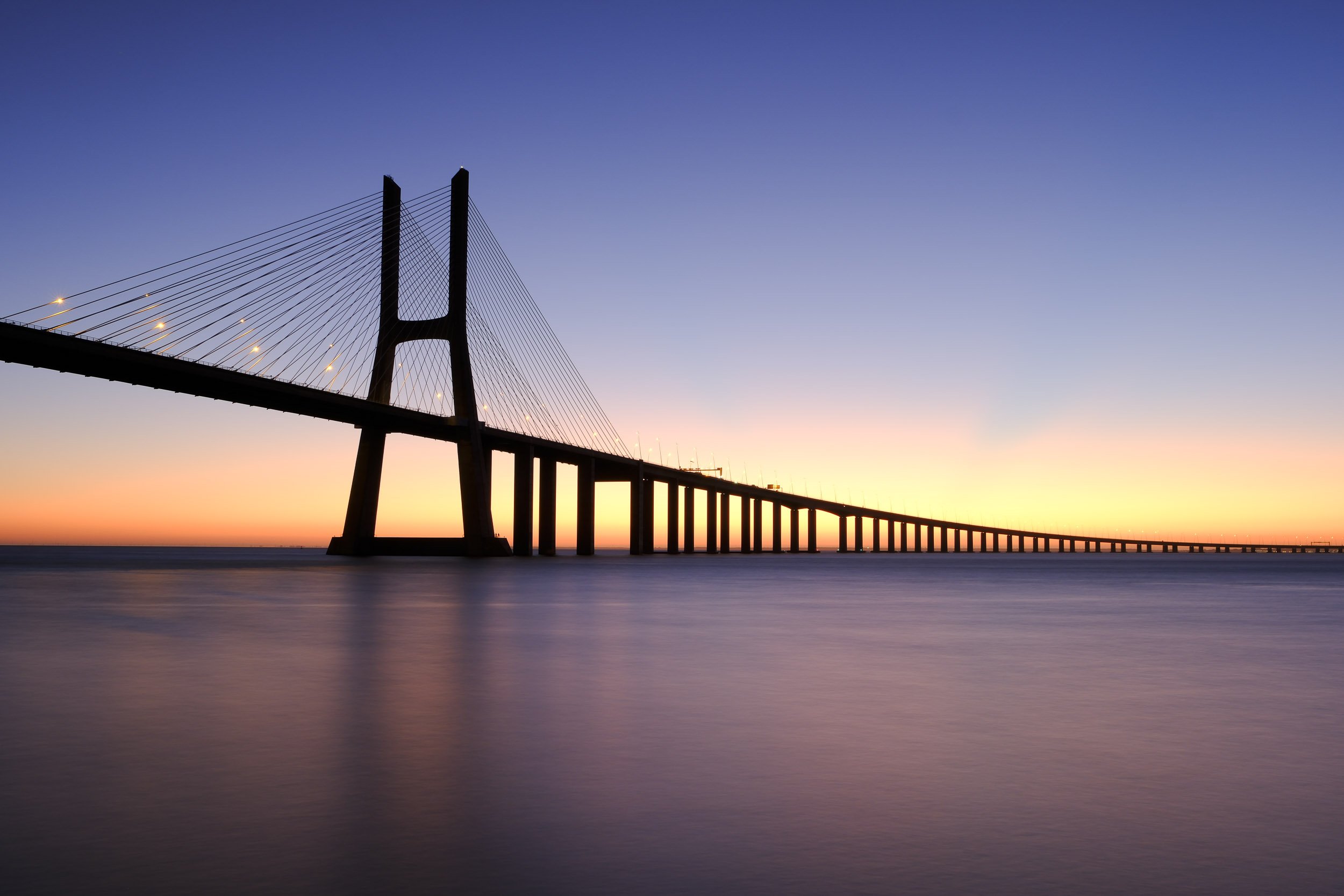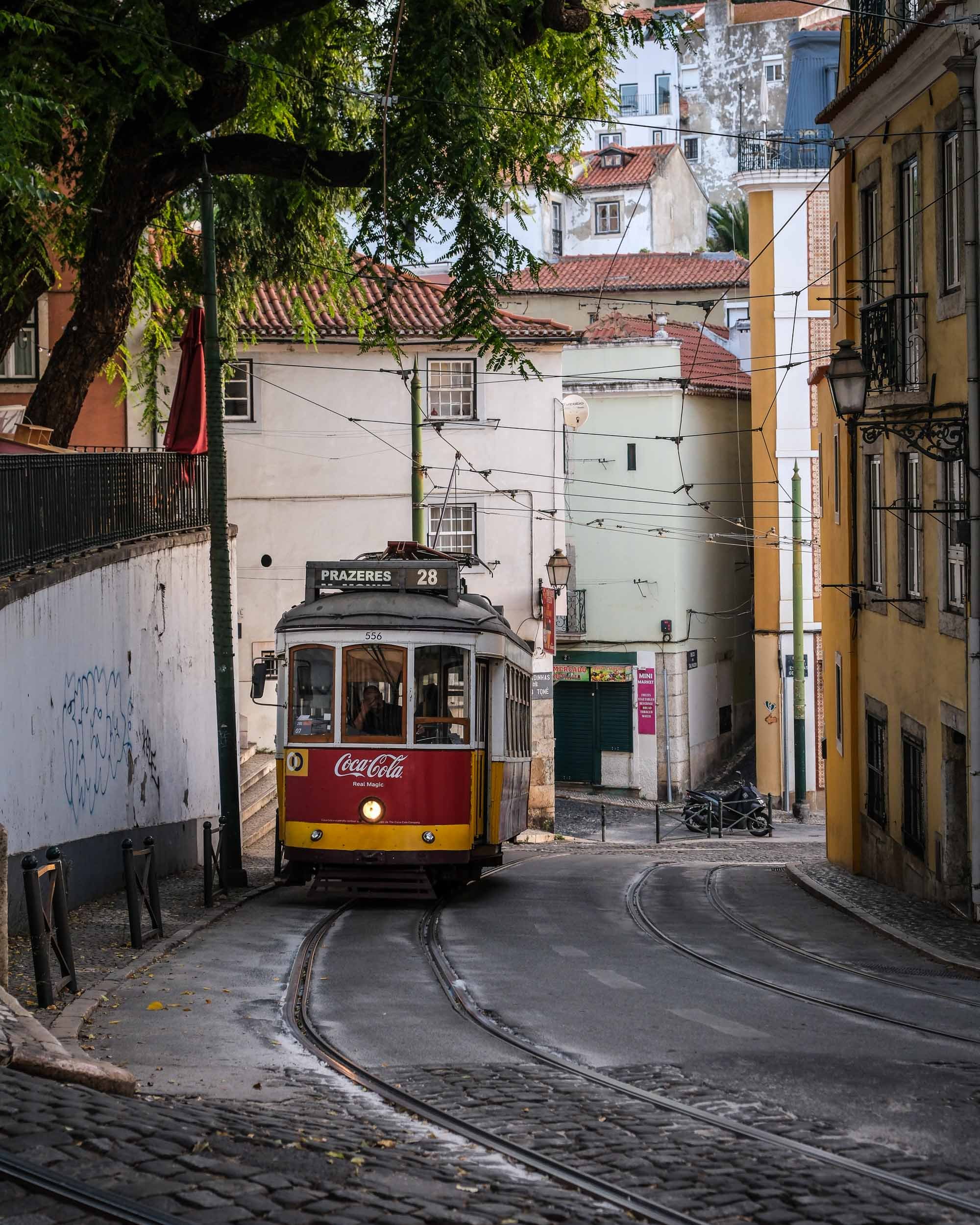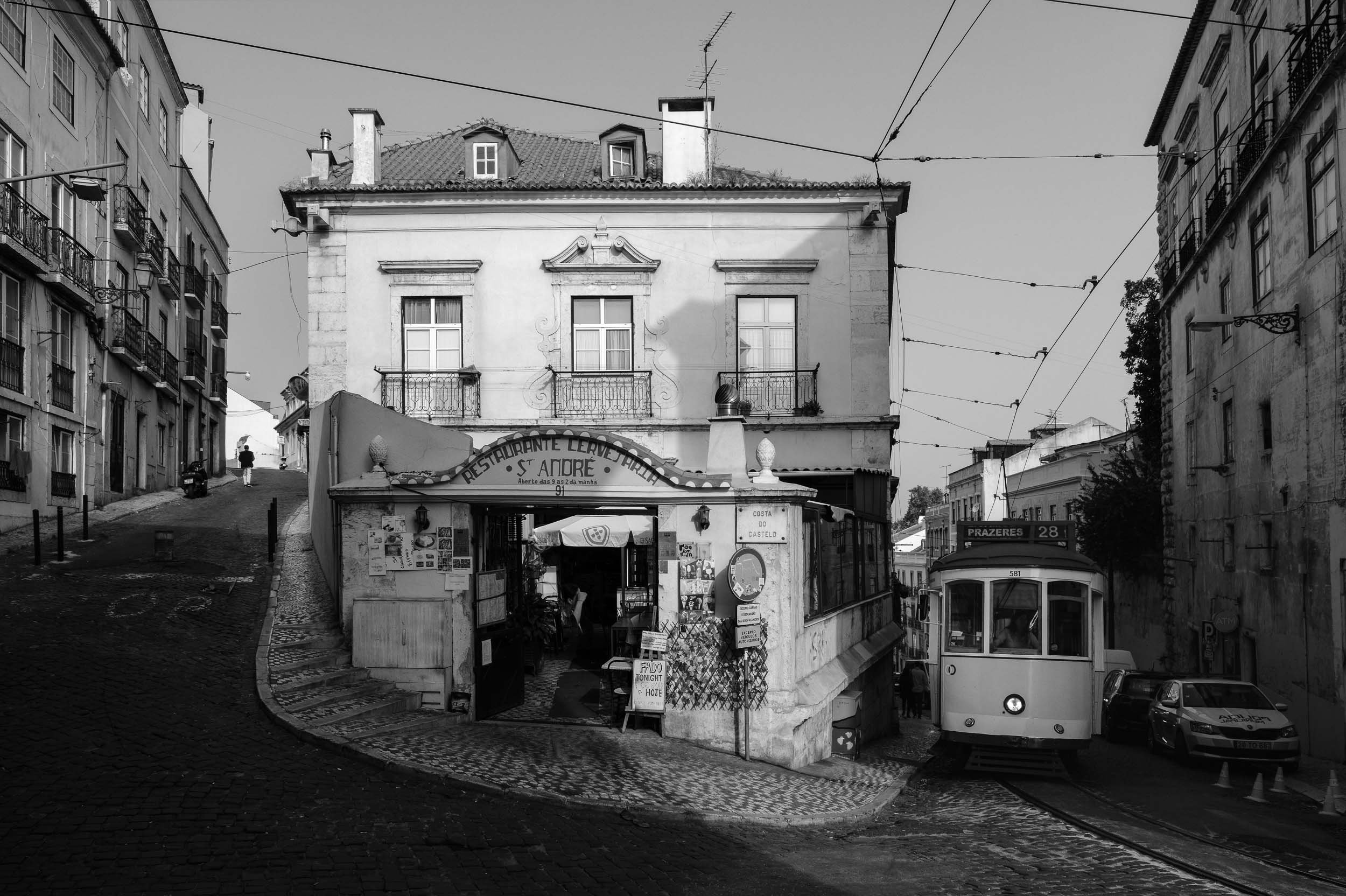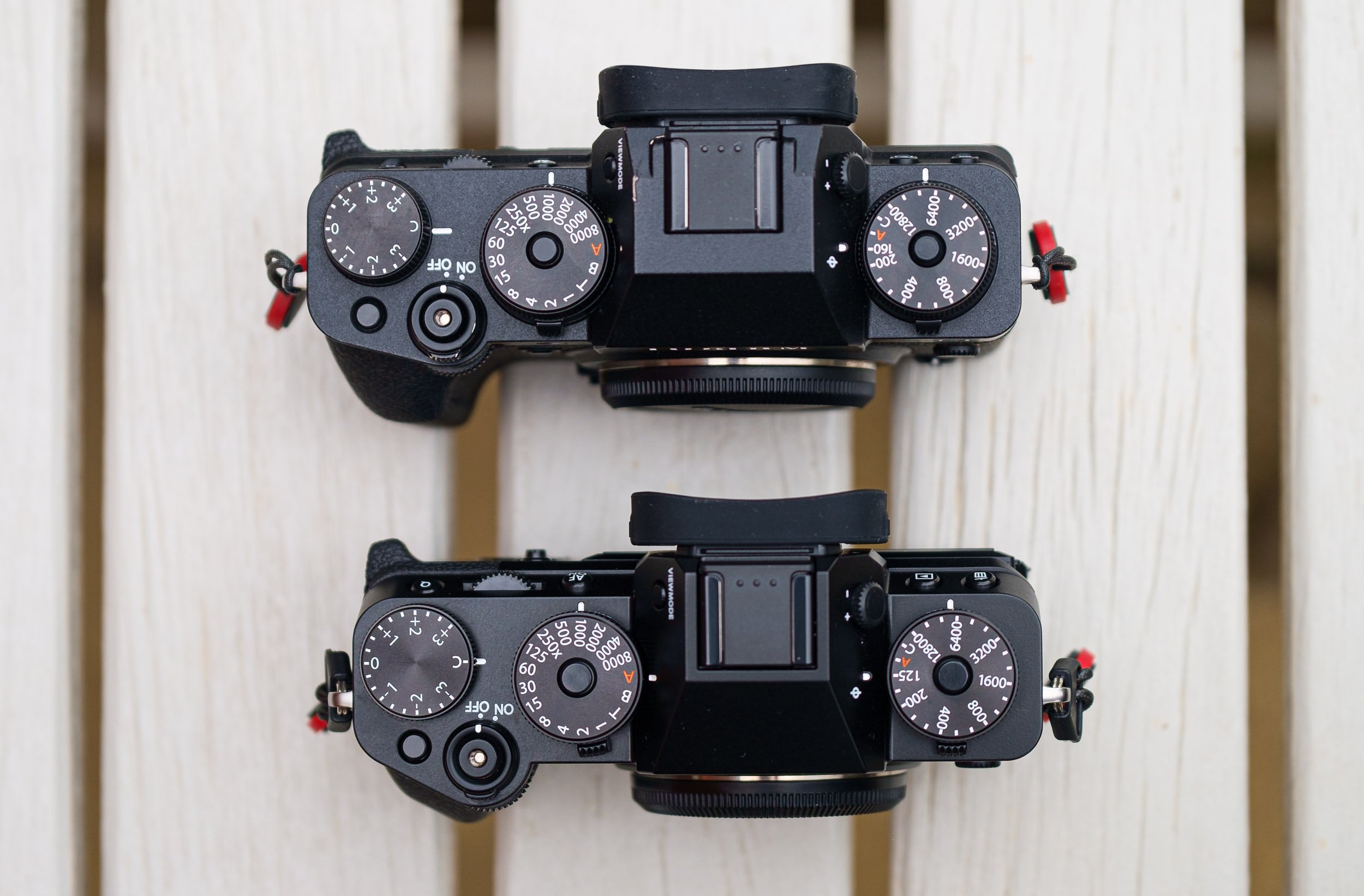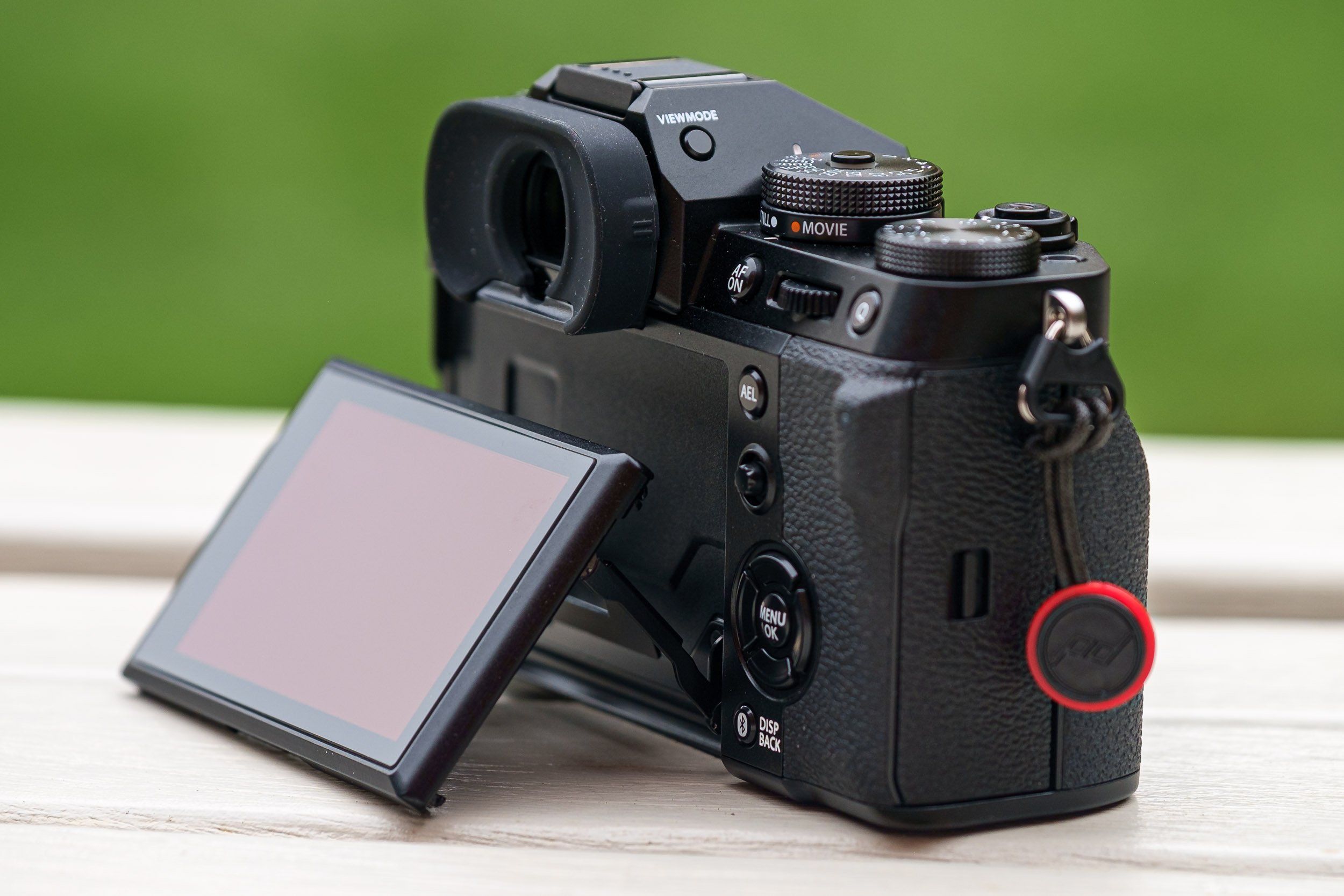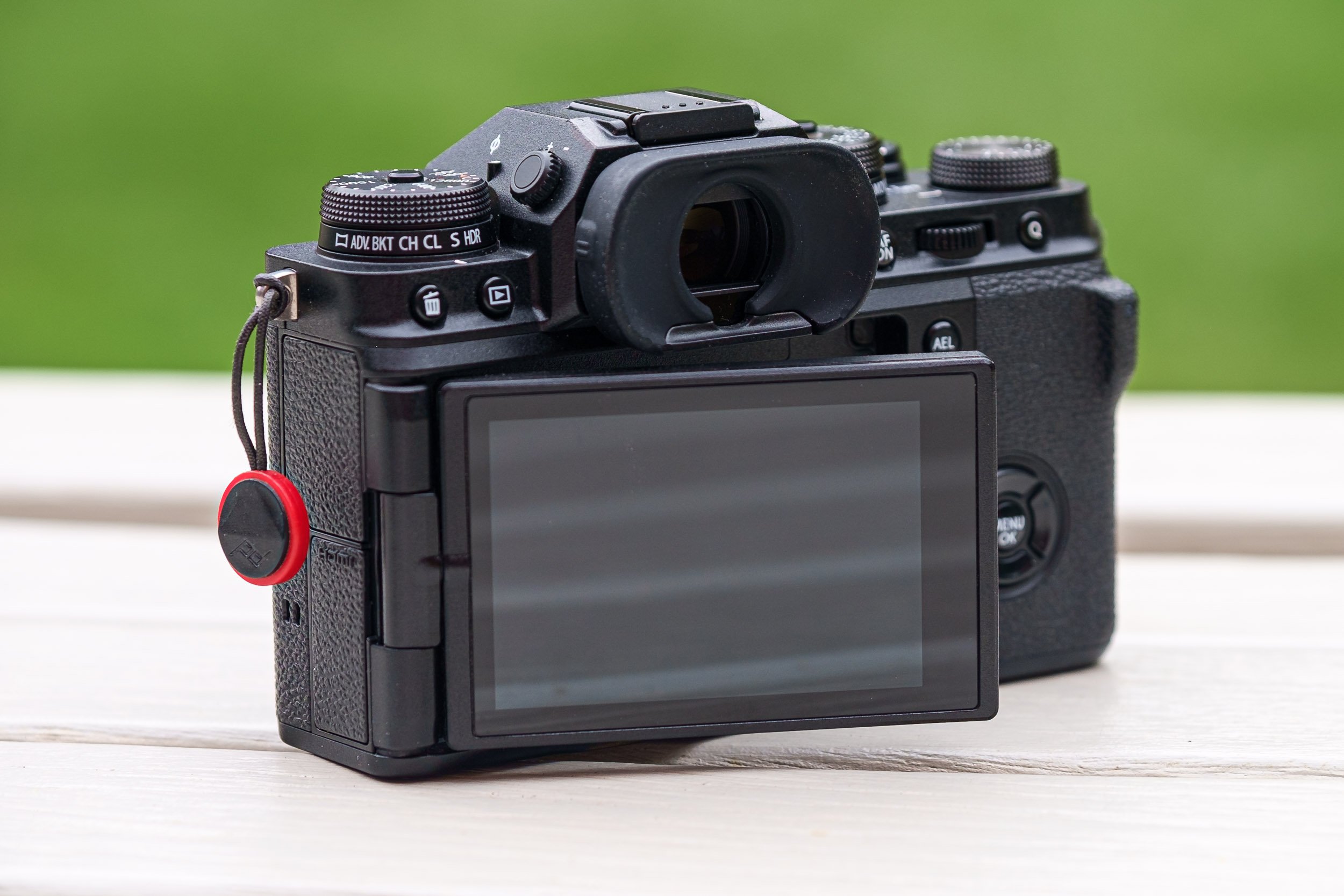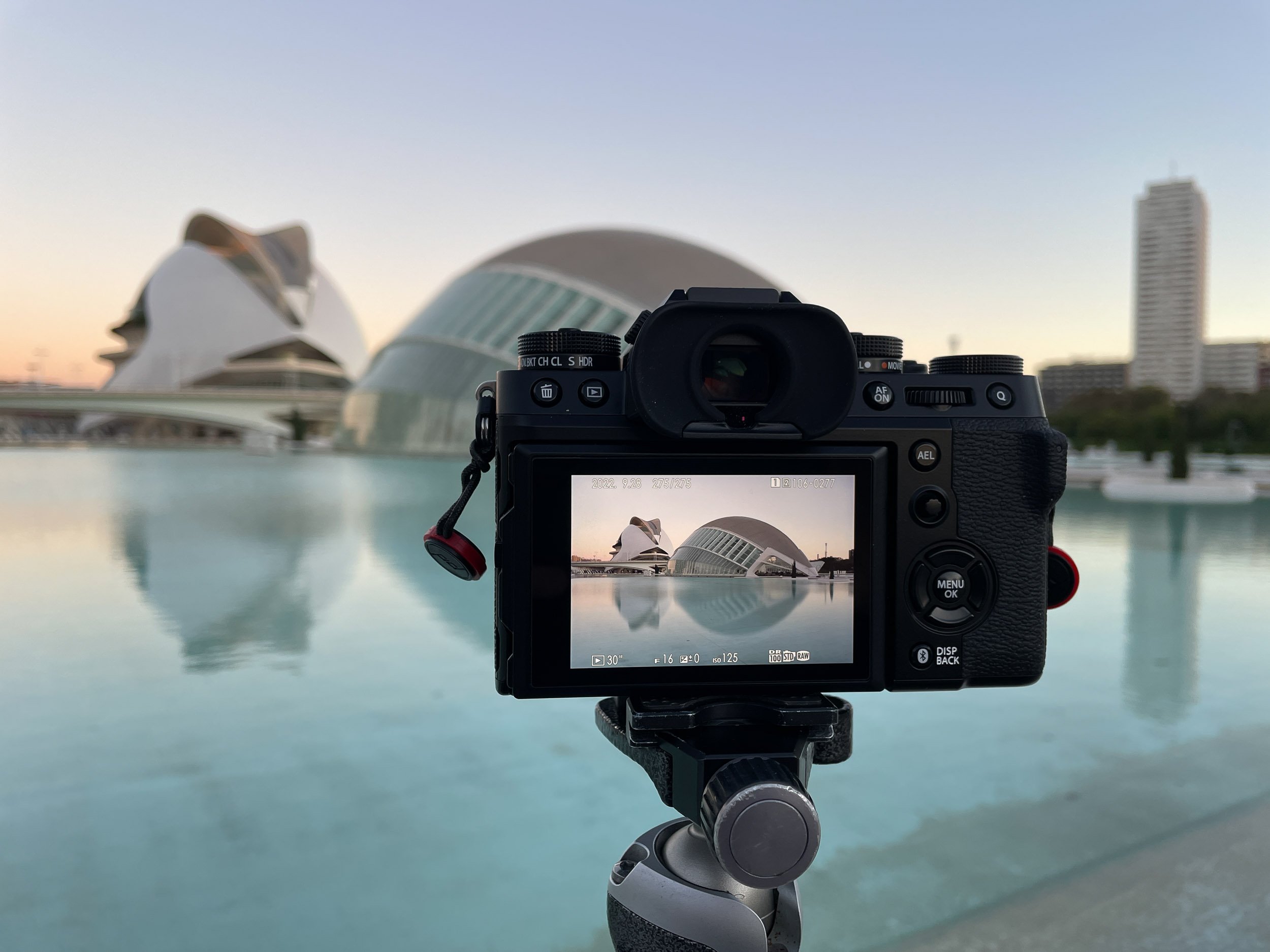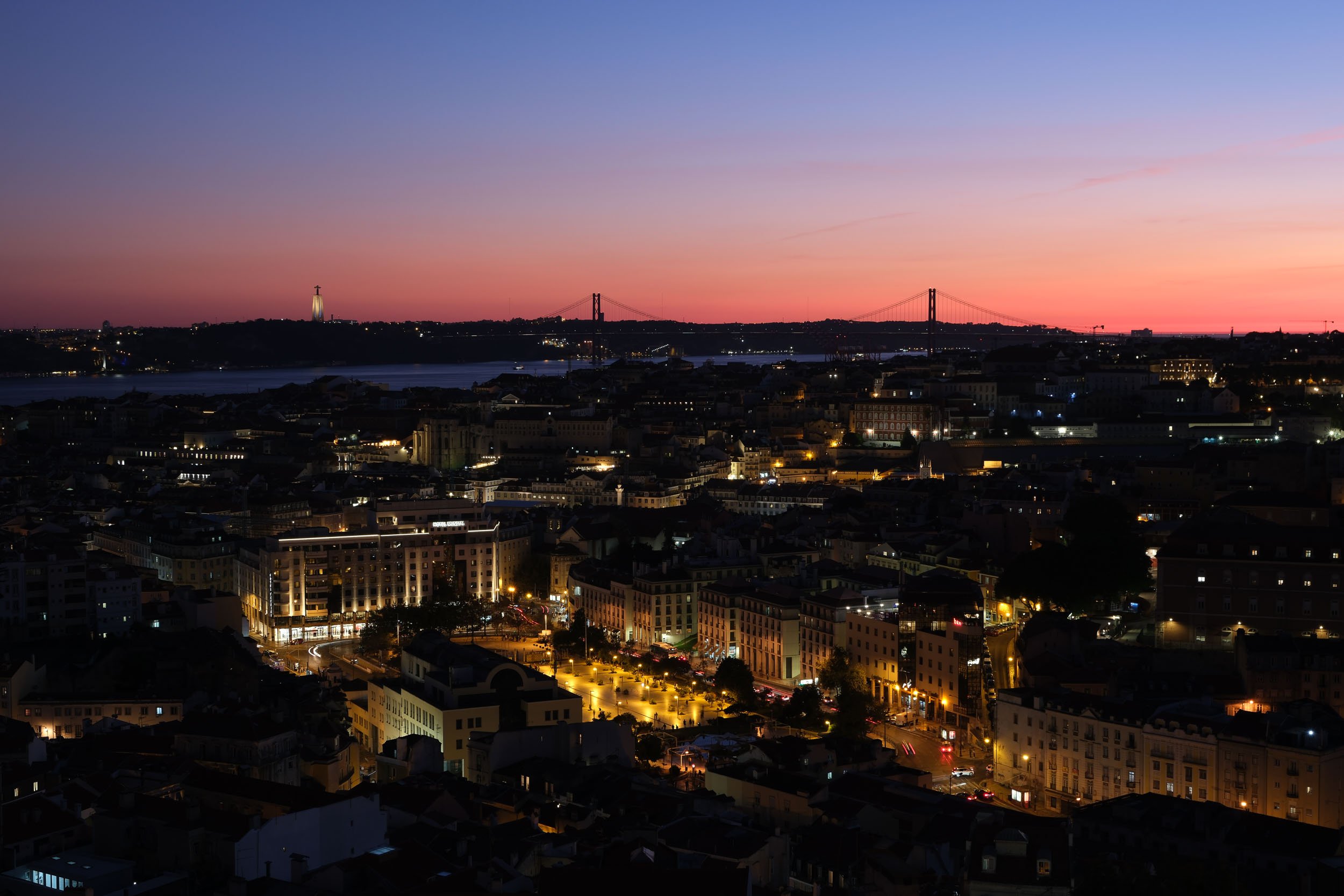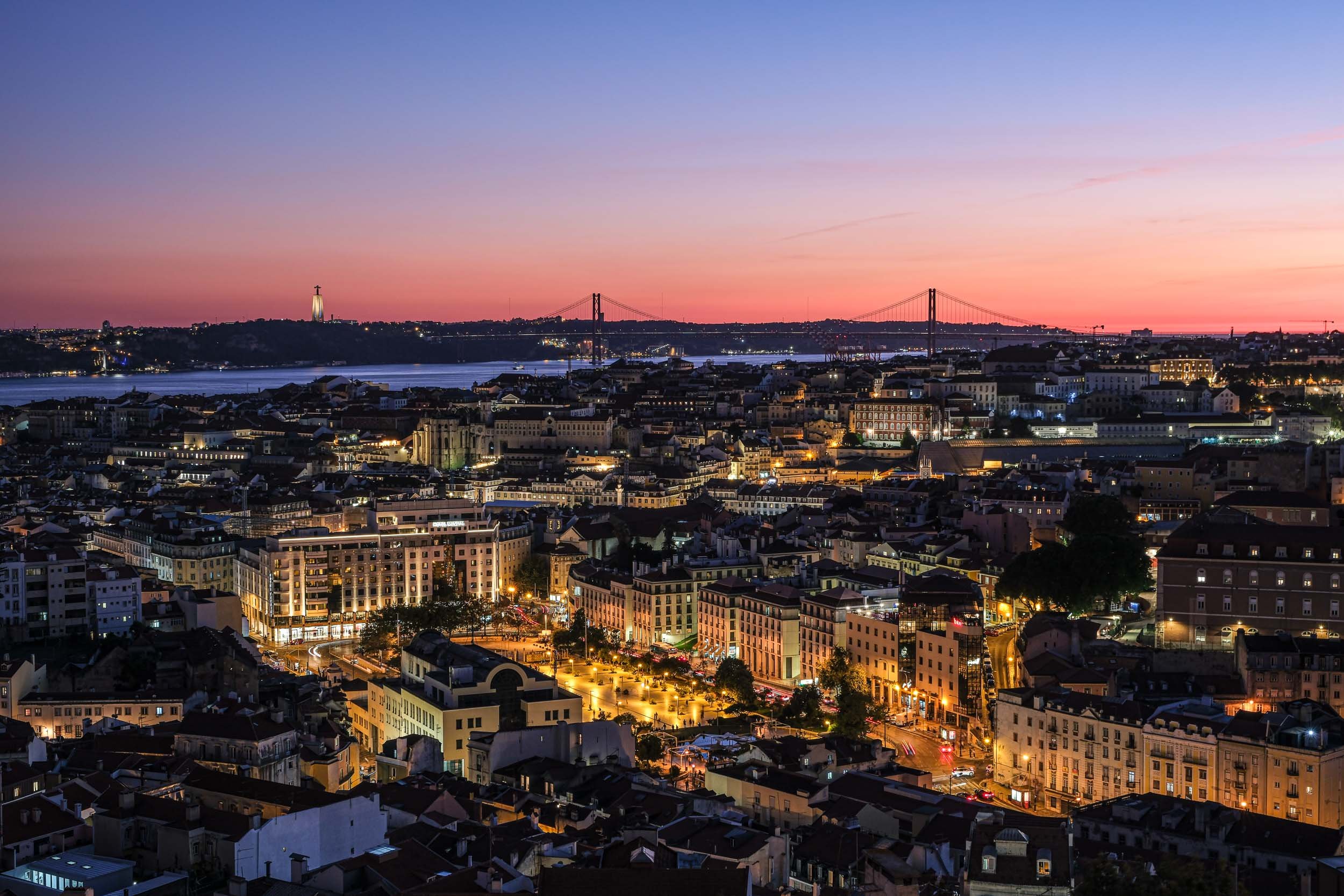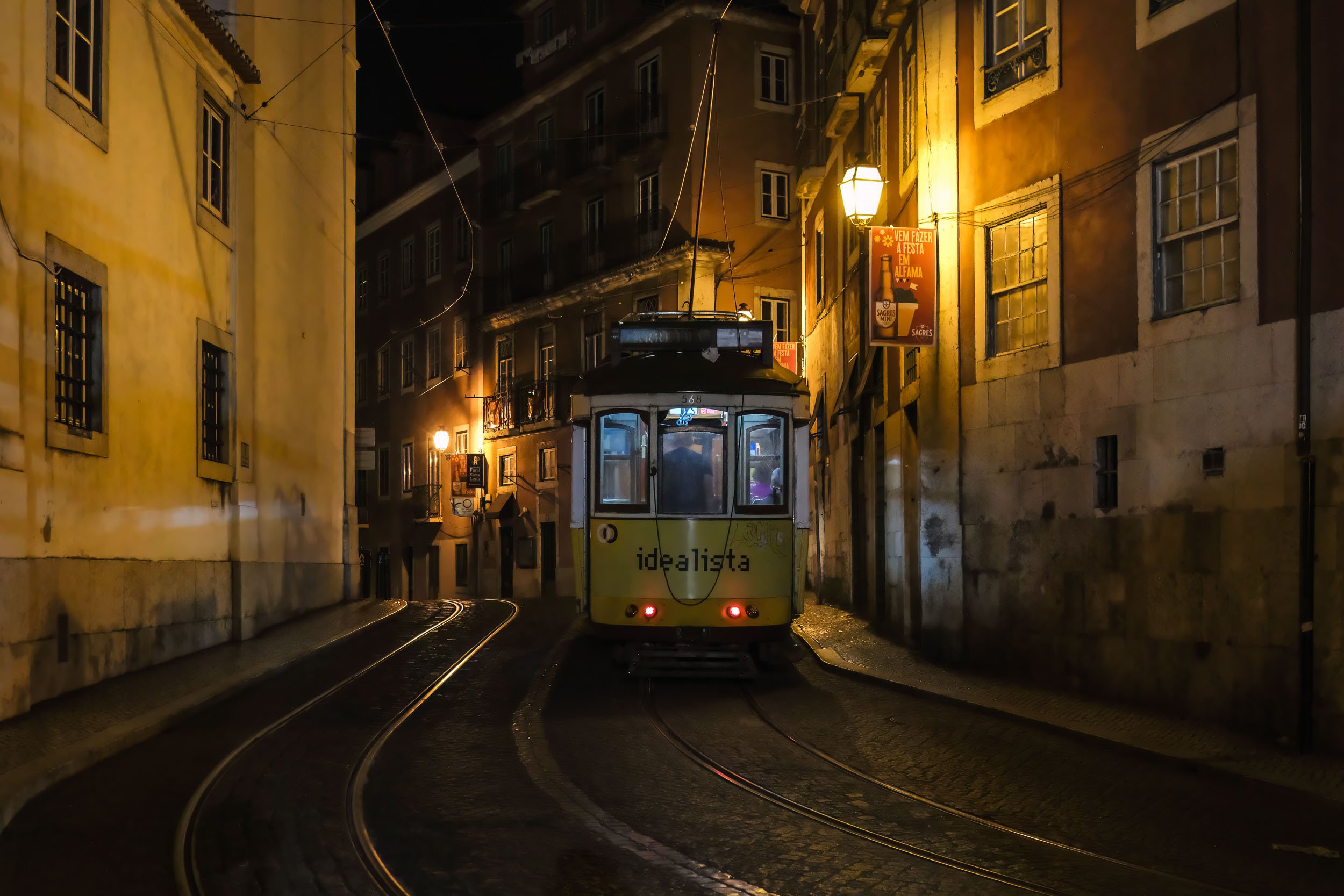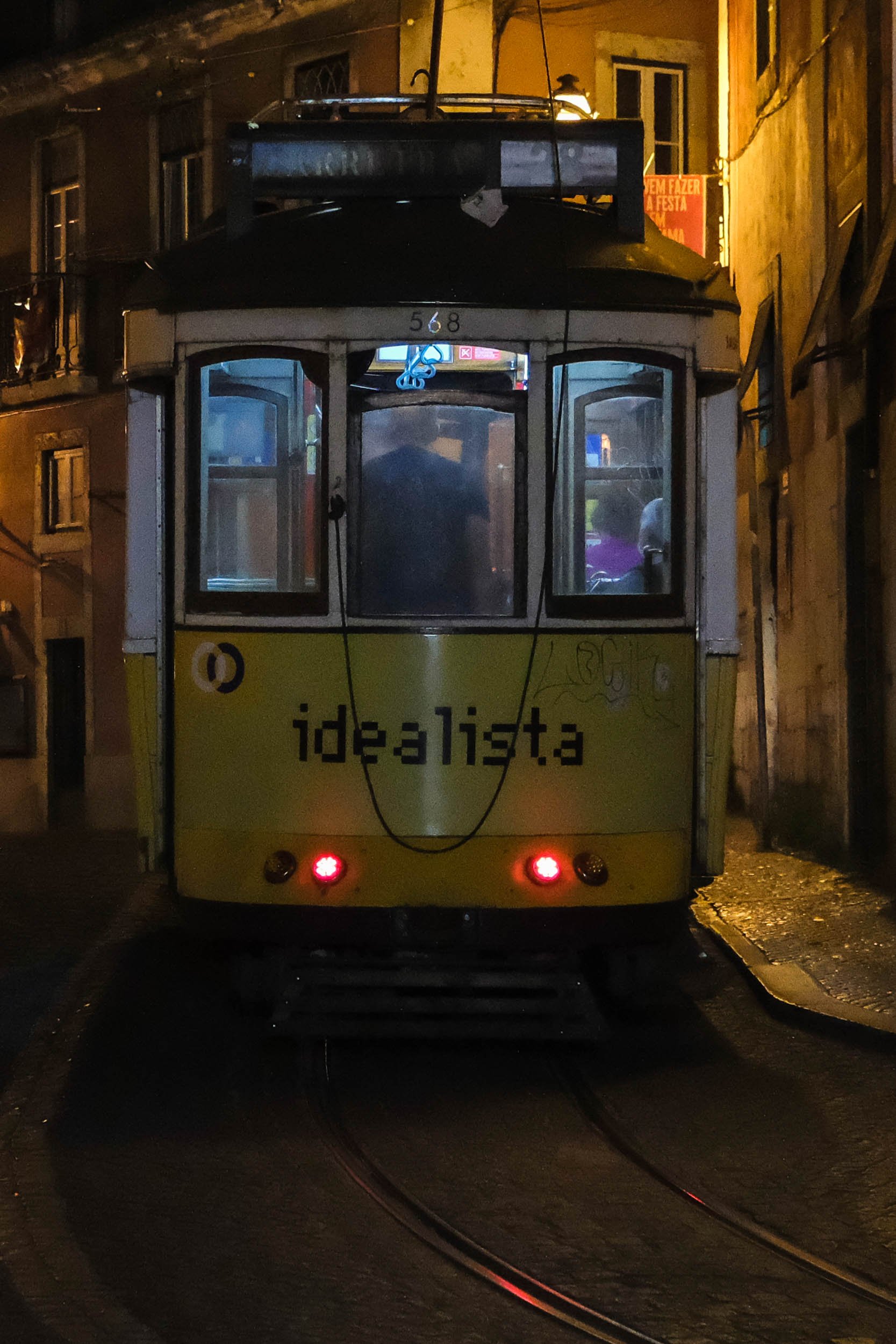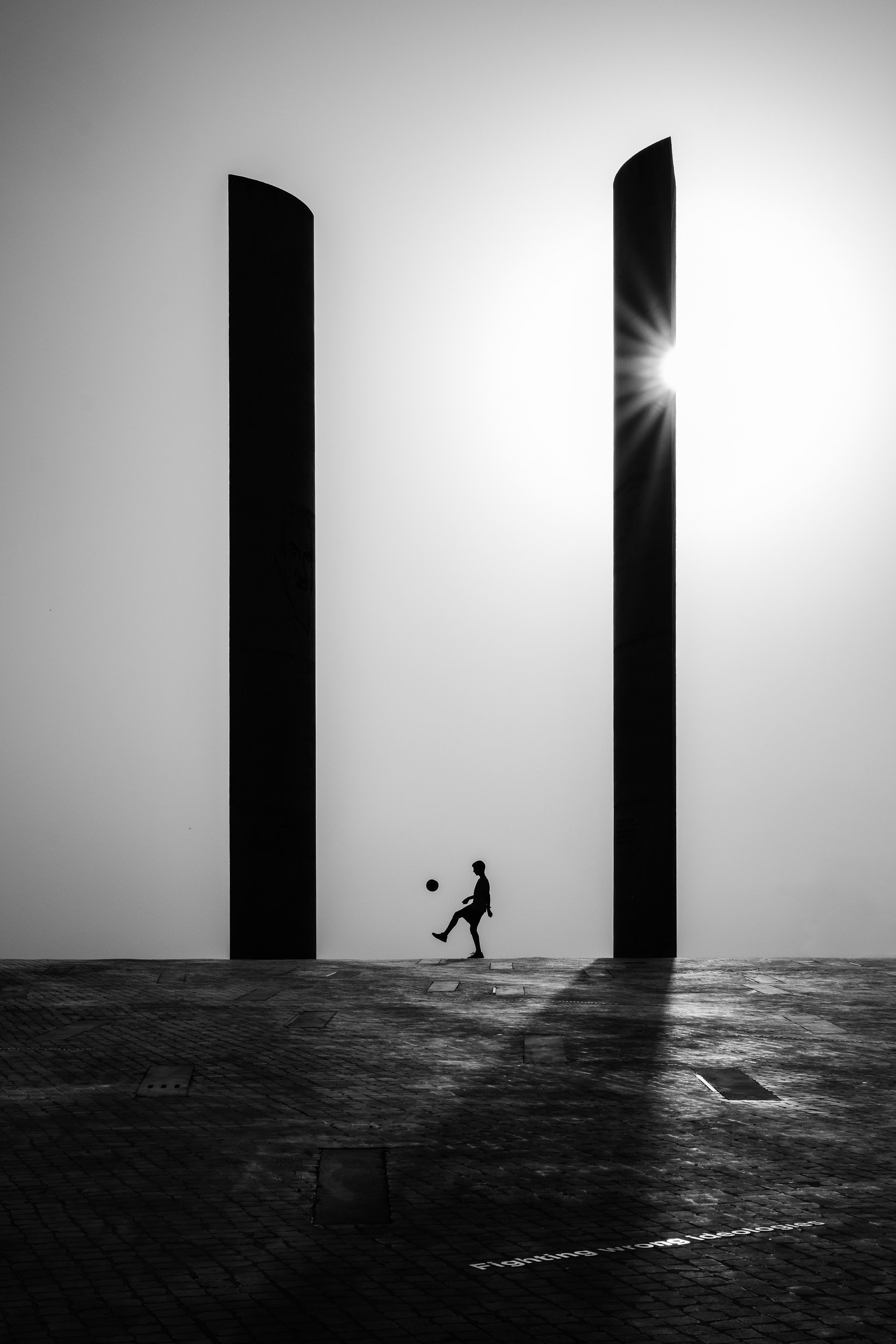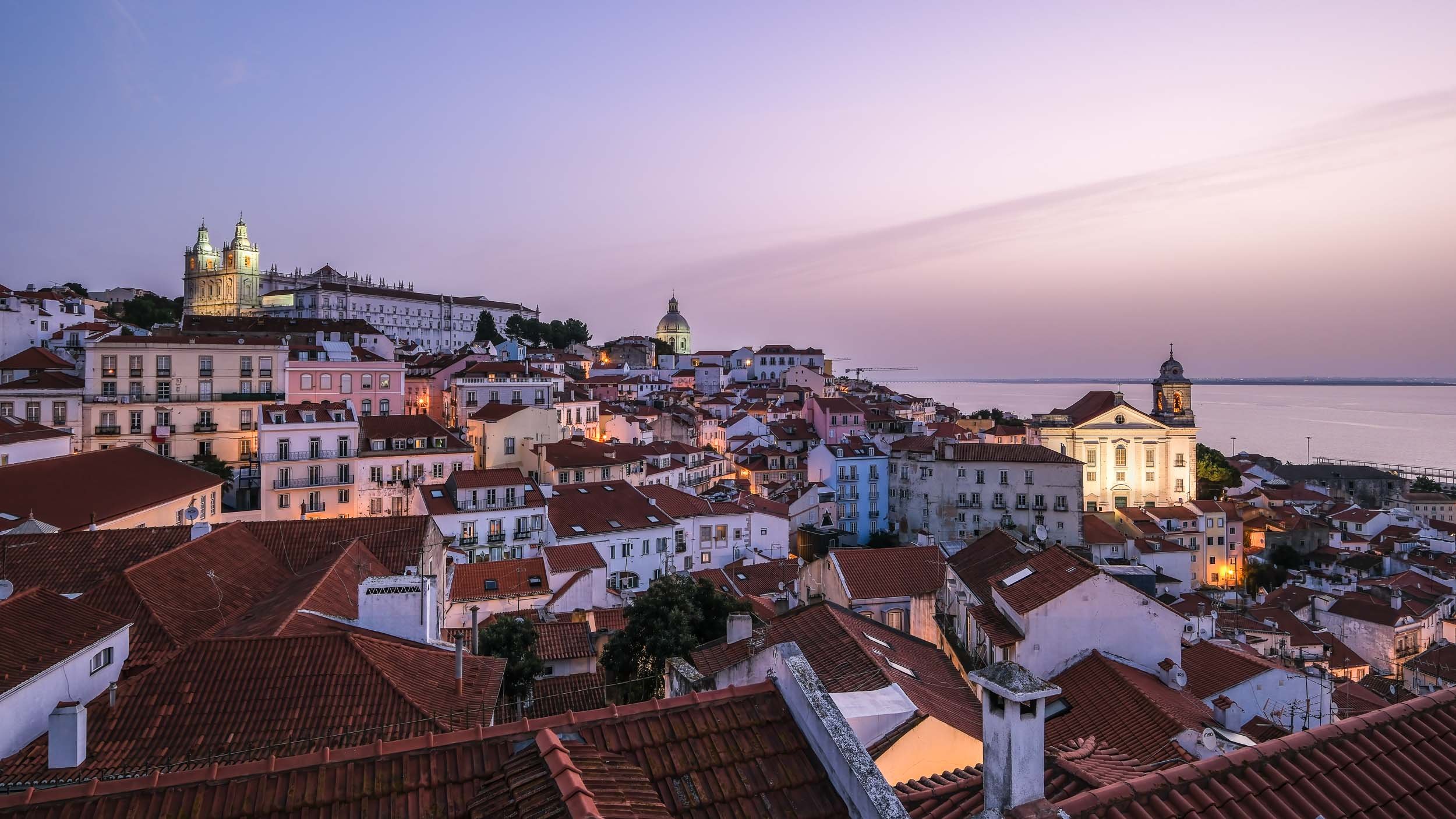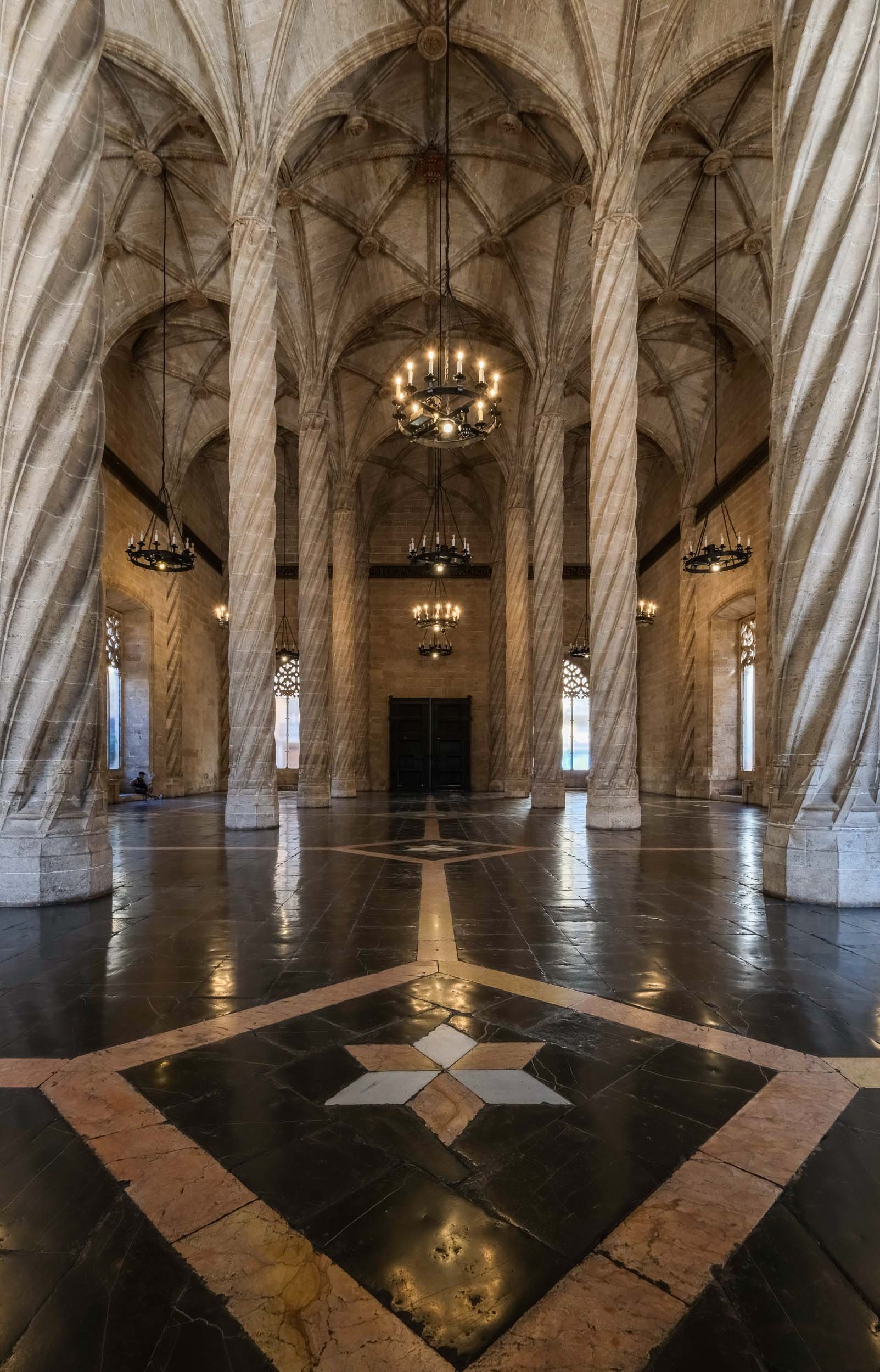There are camera upgrades and excuses for camera upgrades. However, the launch of the Fujifilm XT5 represents, in my view, the biggest leap in XT technology since the upgrade from the XT1 to the XT2.
An APSC sensor with a ground breaking 40mp resolution combined with 7 stops of IBIS and the tried and trusted, user friendly, XT ergonomics is the headline. But there’s more to it than this, all of which will make this camera a huge success.
Strategically Fujifilm has steadfastly refused to join the full frame party and has built a great set of products around an APSC X Trans sensor and, for those wanting ultimate IQ, the GFX combining the best of Fujifilm design with 50/100mp, bigger than full frame, sensor. Though, for most Fujifilm shooters, the 26mp APSC has suited their needs. However, with the clamour for high resolution full frame sensors the challenge for the Fujifilm engineers was to produce a high resolution X Trans APSC Sensor delivering excellent image quality.
Fujifilm has been smart in clearly segmenting their X Series ranges. The XH cameras are their flagship range in terms of build quality, feature set and overall performance. If you shoot action or nature or if you are a videographer and prefer a slightly larger body, then the XH2s is the one for you. For Stills and Video with a high resolution sensor then it’s the XH2. But if you shoot Travel or Landscape where size and weight are important factors and don’t need the XH features then the XT series is the way to go. For Street photographers it’s the rangefinder style XPro, XE or X100 ranges.
During my time as a Fujifilm X Photographer I have shot with virtually every Fujifilm camera from the XE1 to the XT4, XH and GFX series, so I like to think I know my way around the system.
XT5 XF16-55 f4 1/200 ISO640
XT5 XF16-55 f2.8 1/6000 ISO160
XT5 XF16-55 1/300 ISO 160
I was delighted to be given the opportunity to try out the XT5 during recent trips to Valencia and Lisbon. As a travel and landscape photographer the diminutive size and weight of the XT5 makes it an ideal choice, but I was intrigued to see how the performance stacked up.
This isn’t a highly technical review, there are plenty of other places where you can find that. However, I’ll include the top line specs together with my thoughts on the shooting experience. Please note the camera was a pre-production prototype and, being unable to process RAW files (until Adobe update Lightroom), the images here are all JPEGs.
On my trip, along with the XT5, came my XT4 and the XF16-55, XF10-24 and XF70-300 lenses. The shots were a mix of tripod and hand held in varying light, often with a wide dynamic range.
THE FEATURES
Left : XT4 Right : XT5
Top : XT4 Bottom : XT5
Headlining is the fifth-generation 40.2MP sensor and the high-speed image processing engine “X-Processor 5,” in a compact body which is smaller and lighter than the XT4.
To be more specific, the X-T5 features the back-illuminated 40.2MP sensor “X-TransTM CMOS 5 HR.” Fujifilm claims that the use of an improved image processing algorithm delivers advanced image resolution without compromising the signal to noise ratio to achieve superior image quality. The X-Trans™ CMOS 5 HR sensor can take in more light efficiently thanks to its improved pixel structure. ISO125, which was an extended ISO level in the previous model, is now available as a standard option.
The new sensor (which also features in the XH2) has a resolution of 7728 x 5152 pixels versus the 26mp XT4. This means you will be able to produce prints, @250dpi, that are 31” along the longest edge without any upscaling. Cramming 40mp into an APSC sized sensor, without compromising image quality, is no mean feat. To put that in context, the XT5’s pixel density on a Full Frame would result in a 90mp sensor and on a GFX it’s almost 160mp.
If that’s not enough for you the XT5 also features Pixel Shift Multi-Shot, which uses the camera’s in-body image stabilization (IBIS) mechanism to shift the image sensor with precision, to shoot 20 images that can be combined to create a final 160mp image for the ultimate in image quality. In practice this feature is not always relevant to landscape photography where grass and foliage might be moving between frames resulting in a blurring in the image. However, for architecture this is a great feature.
In terms of style and design the XT5 and XT4 are almost identical. The new camera inherits the X-T Series’ signature dial design and layout in a slightly smaller and lighter body than the XT4. Whilst this might sound good, I mostly use the XF16-55 and XF50-140 as my main lenses and the combination can feel a little unbalanced. I certainly wouldn’t want the body to be any smaller. That said, the addition of an “L” bracket would really help. However, for those with an XT4 bracket you’ll be disappointed to learn that it won’t fit on the XT5. There will be no vertical grip available for the XT5 though there is an optional handgrip featuring an Arca Swiss base plate.
The dimensions of the XT5 are W129.5mm, H 91mm, D 63.8mm versus W134.6, H92.8, D63.8 for the XT4 and it weighs in at c557g (inc battery and memory card) versus 607g for the XT4. The XT5 is, of course, weather resistant, another important feature for landscapers.
So, whilst the styling and layout is virtually the same as the XT4 I was delighted to see Fujifilm have again listened to feedback and reverted to the XT3 style, 3 way tilt LCD screen – hallelujah! It is so much easier to shoot vertically or at waist level and there’s no more fiddling and folding a screen in between the “L” bracket opening or risking knocking it off as it sits out to the side of the body. The LCD screen resolution is also improved with 1.84m dots v 1.62.
The camera is equipped with a high-magnification 3.69-million-dot EVF, the same as the XT4, but with a higher 0.8x magnification, the same as the XH2. There is a slight reduction in base ISO from 160 to 125. If, like me, you use Auto ISO you’ll be pleased to know the shutter speed can be set up to 1/8000 second rather than 1/500 on the XT4. Great for any fast action shots.
The X-T5 features the 5-axis in-body image stabilisation of up to, an incredible, 7 stops. Users can shoot hand-held even in low light conditions. The subject detection AF is capable of detecting animals, birds, cars, motorcycles, airplanes and trains with AI technology. The system automatically tracks a subject while maintaining focus, allowing photographers to concentrate on the composition. In truth if fast AF is a major factor for you then the XH2s may be more attractive to you. A Smooth Skin Effect and AI-based high-precision auto white balance are other new features.
As a landscape photographer, and after several years of badgering, I am delighted that once again Fujifilm have delivered with, to some, a small but to me an important feature. You can now select the 5x4 and 4x3 crop modes in camera. Yay!
The X-T5 comes with 19 Film Simulation modes, including “Nostalgic Neg.,” characterised by its high saturation and soft tonality.
The body features two SD Card slots which take the UHSII cards, the same as the XT4. Interestingly there is also a “No memory card warning“ in the camera – a new, but welcome, feature I’ve not seen before. The camera also features a 3D level rather than the simple horizontal level. Although video is not the priority for this camera you can now record 10-bit 4:2:2 video at 6.2K/30P.
The XT5 uses the same battery as the XT4 (NP-W235) however Fujifilm claim an improved number of shots per charge, 740 v 600 in Economy mode and 580 v 500 in Normal mode.
XT5 XF16-55 f16 40sec ISO125
THE IMAGE QUALITY
There are three factors I consider when assessing image quality, resolution, dynamic range and noise.
Resolution
Looking at the images from the XT5, they are great but it’s when you zoom in to 100% - 200% that you really see the difference between the 40mp and 26mp sensors. The files are fabulous, packed with detail with excellent contrast. Look at the comparison with the XT4, 100% crops.
Like all camera systems you will need to use the best lenses to see the greatest benefit from the larger sensor. Fujifilm has published a list of lenses that will work best with the new sensor.
XF 16mm F2.8 R WR
XF 18mm F1.4 R LM WR
XF 23mm F1.4 R LM WR
XF 23mm F2 R WR
XF 27mm F2.8 R WR
XF 33mm F1.4 R LM WR
XF 35mm F2 R WR
XF 50mm F1.0 R WR
XF 50mm F2 R WR
XF 56mm F1.2 R WR
XF 80mm F2.8 R LM OIS MACRO
XF 90mm F2 R LM WR
XF 200mm F2 R LM OIS WR
XF 8-16mm F2.8 R LM WR
XF 16-55mm F2.8 R LM WR
XF 18-120mm F4 LM PZ WR
XF 50-140mm F2.8 R LM OIS WR
XF 70-300mm F4-5.6 R LM OIS WR
XF 100-400mm F4.5-5.6 R LM OIS WR
XF 150-600mm F5.6-8 R LM OIS WR
To be clear, you will see a difference versus the 26mp sensor whichever lens you use but the optimum results will be seen when using the red badge or newest lenses that are optimized to get the best out of the higher resolution sensor.
Though two notable exceptions (for me) from that list are the landscapers favourite XF10-24 and the XF16-80, a popular “kit” lens and perfect focal range for travel. That said, there are alternatives with the XF8-16 and the XF16-55.
When shooting with any high resolution sensors you need to ensure that your technique is spot on. Any focus issues or slight camera shake will clearly show. Simply put, you should approach photography with the XT5 like you would a medium format system.
XT5 XF10-24 f8 1/24 ISO125
XT5 : JPEG XT5 XF16-55 f6.4 1/40 ISO320
100% CROP
Dynamic Range
Cameras can currently only record around two thirds of the highlight and shadow detail that we see through our eyes. So the ability to capture a wide dynamic range is an important consideration, especially for landscape photographers. With a lower ISO of 125 versus the XT4’s 160 there will be a slight improvement in dynamic range of maybe around ⅓ of a stop. Whilst the technical charts could probably demonstrate this, I found it pretty difficult to actually see this in the images. That said it’s not critically important to me as advances in post processing mean that, in most cases, blending a bracketed set of images which capture all of that detail is now pretty straightforward. This means that it’s less important than it once was, albeit at the expense of some computer time.
This night shot below was underexposed to capture the highlight detail then the shadows lifted in post processing to achieve the final image.
XT5 Original Image (JPEG) XT5 XF16-55 f8 2.3sec ISO125
XT5 Processed (JPEG)
Noise
Packing more pixels into a sensor means smaller photosites which typically affects noise. This can be a concern especially when shooting at high ISO’s. The XT5 features a lower base ISO of 125.
For pixel peepers I found, not unexpectedly, that there is some noise at higher ISO’s, especially in the shadows, perhaps slightly more than the XT4. However, overall, when using higher ISO’s in low light or when using base ISO, exposing for the highlights and brightening, the noise levels were acceptable. I found that I could recover shadow detail well with a shot that was up to two or three stops underexposed at base ISO.
I found Topaz DeNoise very effective in dealing with noise on a couple of files (JPEGs).
XT5 Full image XF16-55 f2.8 1/110 ISO6400
XT5 100% Crop No Noise Control
XT5 100% Crop after Topaz De Noise
SHOULD YOU UPGRADE?
Yes, if you want the best image quality from an APSC sensor, have the ability to crop your images but still print big or simply prefer the 3 way tilt screen and the other enhancements. Perhaps not if your images are mostly viewed digitally
SUMMARY
The XT5 is a wonderful camera, clearly differentiated from the XH2 range and targeted primarily at still photographers. It will definitely appeal to landscape and travel photographers who require superior image quality and portability.
The engineers have re-written the rules and set new standards for APSC cameras with this ground breaking sensor. The retro body style belies the incredible technology that lies inside, producing great looking images, packed with detail. I was delighted with the quality of the files and, as always, it’s simply a joy to shoot with the Fujifilm XT Series. If image quality is your priority then you’ll need to use the appropriate lenses to get the most from the system. If you prefer the retro style and the more user friendly layout of the XT series this is, without question, the best XT camera to date.
If you are considering moving to Fujifilm from another system there are two things, apart from the IQ, that will captivate you. The legendary Fujifilm colour science and the intuitive, user friendly, ergonomics of the camera layout and menu’s. I see all systems on my workshops and I can tell you there is no better camera to shoot with.
After 9 years of image making with this system, this is my favourite camera to date. I can honestly say there has never been a better time to be shooting with Fujifilm.
Click on the images below to enlarge

